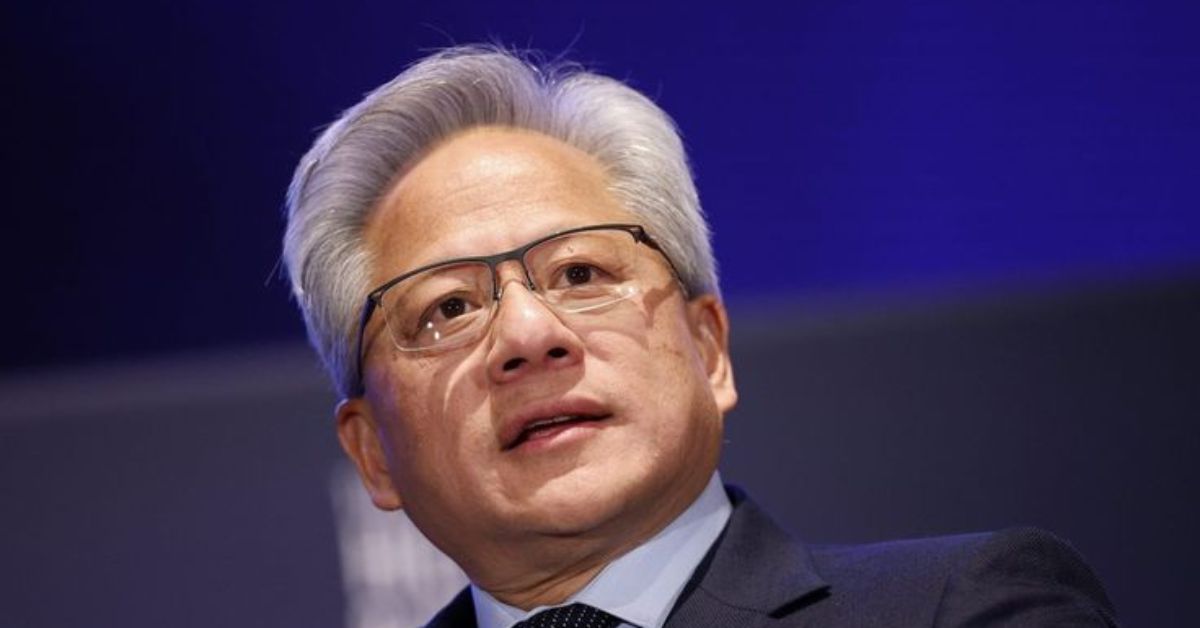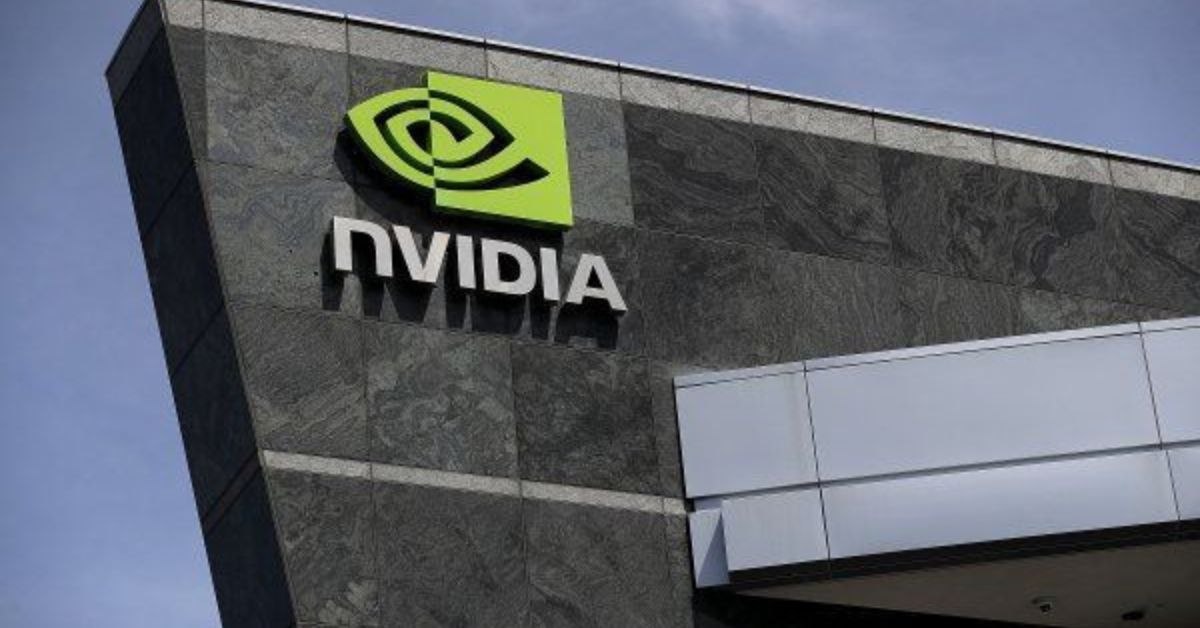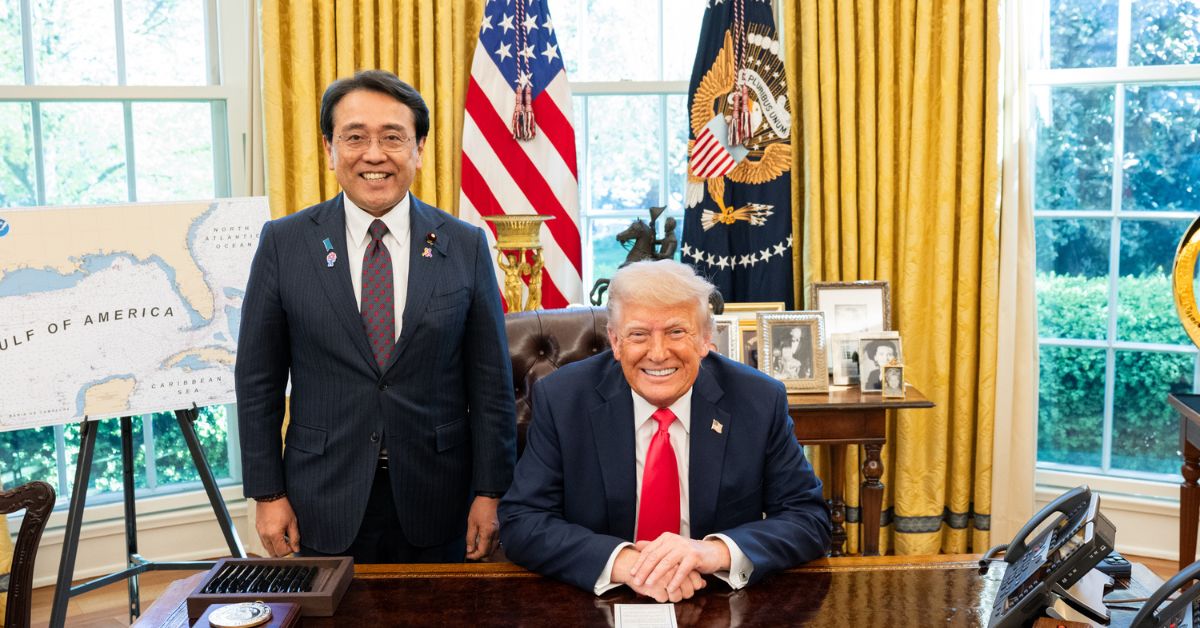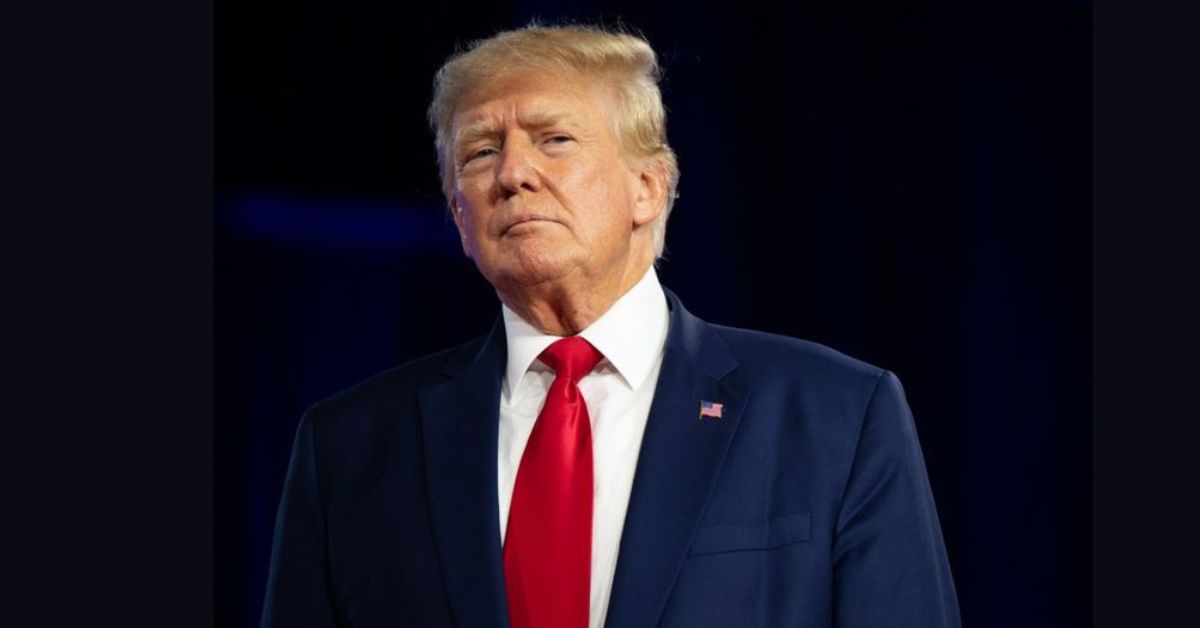On August 28, 2025, Nvidia CEO Jensen Huang delivered an optimistic outlook for the artificial intelligence (AI) sector, projecting that it will grow into a $3–4 trillion market by the end of the decade. Speaking during Nvidia’s earnings call, Huang dismissed concerns about a potential AI market slowdown, emphasizing strong demand from major tech companies and data center operators, known as hyperscalers, as well as robust sales of Nvidia’s AI chips, such as the H20 chip designed for the Chinese market. Despite Nvidia’s third-quarter revenue forecast of $54 billion slightly exceeding analyst expectations of $53.14 billion, investor concerns about growth fatigue led to a 1.56% drop in Nvidia’s stock price to $178.77 in premarket trading. Huang’s bullish projection, underpinned by $600 billion in anticipated data center capital spending in 2025 from companies like Microsoft and Amazon, highlights AI’s transformative potential across industries. Given the broad implications of this forecast, this report analyzes its impacts across all specified categories: state and local governance, national governance and politics, economy and trade, international relations, and people’s daily life and society.
Impact Analysis:
1.Impact on State / Local Governance
- Increased tech infrastructure investment: State and local governments, particularly in tech hubs like California and Texas, may see increased investments in AI data centers, boosting local tax revenues and job creation.
- Demand for regulatory frameworks: Local governments may need to develop regulations for AI data centers, addressing energy consumption and environmental impacts, as these facilities require significant power resources.
2.Impact on National Governance & Politics
- Policy focus on AI development: Huang’s forecast may prompt federal lawmakers to prioritize AI-focused policies, such as funding for research or tax incentives for tech firms, to maintain U.S. competitiveness in AI.
- Political debates on regulation: The projected growth could intensify debates over AI ethics and regulation, with Congress potentially facing pressure to balance innovation with concerns about data privacy and job displacement.
3.Impact on Economy & Trade
- Boost to tech sector growth: The projected $3–4 trillion AI market could drive significant economic growth, with Nvidia’s data center sales already up 56% to $41.1 billion in Q2 2025, stimulating related industries like cloud computing and software development.
- Supply chain pressures: Increased demand for AI chips could strain global semiconductor supply chains, potentially raising costs for components and affecting industries reliant on advanced electronics.
- Investment surges: Huang’s optimistic outlook may attract further investments into AI startups and infrastructure, with venture capital funding in AI already reaching $56 billion in 2024, fostering economic expansion.
4.Impact on International Relations
- Strengthened U.S.-China trade tensions: Nvidia’s $650 million H20 chip sales to a non-Chinese customer for the Chinese market, coupled with a 15% U.S. tax on such exports, could escalate trade disputes, impacting global tech cooperation.
- Global AI competition: The projected AI market growth may intensify competition among nations, with countries like China and the EU accelerating their AI strategies to counter U.S. dominance, potentially reshaping trade and tech alliances.
5.Impact on People’s Daily Life & Society
- Advancements in AI-driven services: The AI market’s growth could accelerate innovations in healthcare, education, and transportation, improving access to AI-powered diagnostics, personalized learning, and autonomous vehicles.
- Job market shifts: Expanded AI adoption may lead to job creation in tech but also displacement in sectors like manufacturing and customer service, requiring workforce retraining programs.
- Increased technology costs: Higher demand for AI infrastructure could raise prices for consumer electronics and services reliant on AI chips, impacting household budgets.
Latest Government Data / Stats
- U.S. AI investment: The National Science Foundation reported $1.4 billion in federal AI R&D funding for 2024, reflecting strong government commitment to AI development.
- Global semiconductor market: The World Bank estimated the global semiconductor market at $612 billion in 2024, with AI chips driving 25% of demand, underscoring Nvidia’s critical role.
Largest Impact Area: Economy & Trade The economy and trade sector will likely experience the largest impact due to the massive economic potential of the projected $3–4 trillion AI market by 2030. Nvidia’s 56% data center sales growth to $41.1 billion in Q2 2025, coupled with $600 billion in anticipated data center spending, signals robust economic activity in tech and related sectors. This growth could drive GDP contributions, with AI estimated to add $15.7 trillion to the global economy by 2030, according to PwC. However, supply chain constraints and trade tensions, particularly with China over chips like the H20, could disrupt global markets, making this the most significant impact area.
Conclusion:
Jensen Huang’s $3–4 trillion AI market forecast signals transformative economic growth and technological advancement, but also challenges in regulation and global trade. Policymakers and industries must navigate these dynamics to maximize benefits and mitigate risks.
Author
-

Connor Walsh is a passionate tech analyst with a sharp eye for emerging technologies, AI developments, and gadget innovation. With over a decade of hands-on experience in the tech industry, Connor blends technical knowledge with an engaging writing style to decode the digital world for everyday readers. When he’s not testing the latest apps or reviewing smart devices, he’s exploring the future of tech with bold predictions and honest insights.






